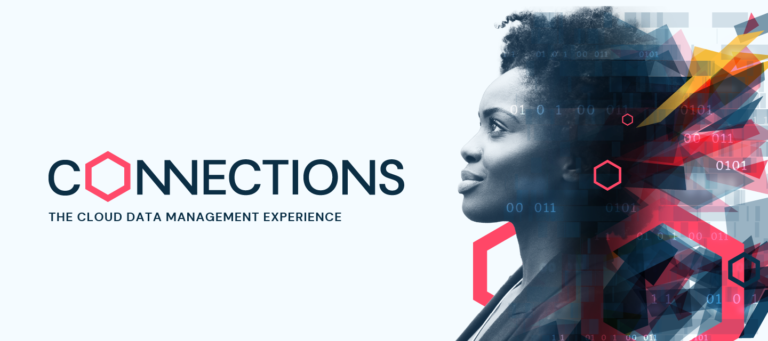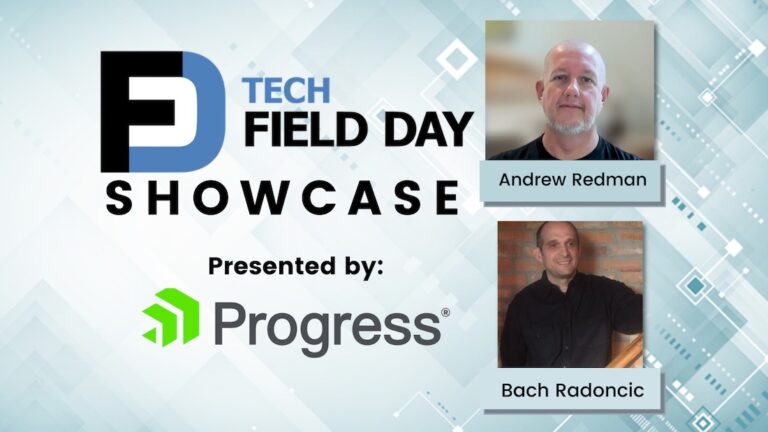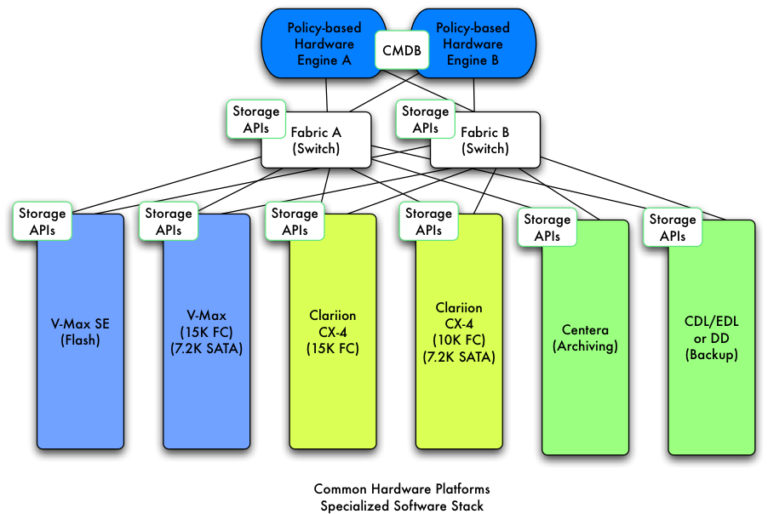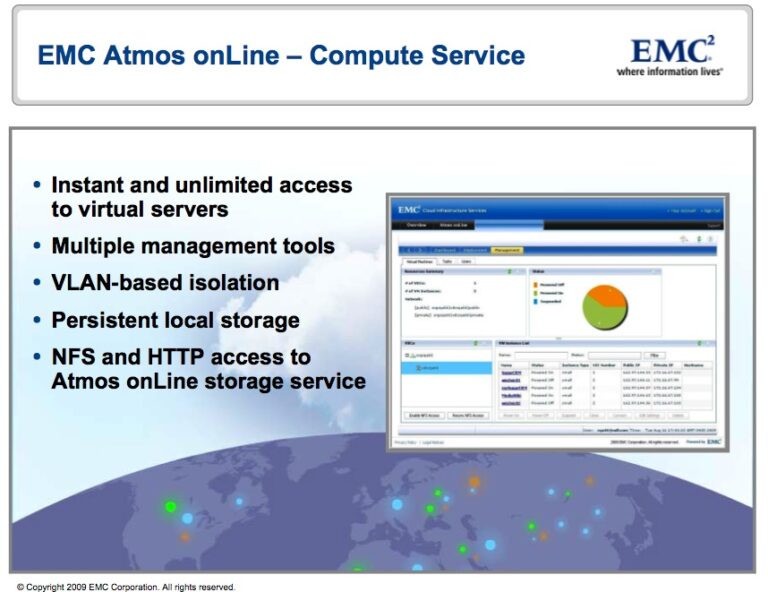
Commvault Connections 22 Live Blog
Join Gestalt IT as we share news and updates from Commvault Connections 22. See how they can help you Innovate with Confidence!

Join Gestalt IT as we share news and updates from Commvault Connections 22. See how they can help you Innovate with Confidence!

In this Tech Field Day Showcase presented by Progress, Andy Redman and Bach Radonic Demo their Flowmon and WhatsUpGold Network Monitoring systems.
It has been nearly a year since Cisco shook up the IT infrastructure world with their unified computing system (UCS) server line. UCS is an important infrastructure element and deserves the continuing attention it has received, but questions about the product and its place in the market continue to be raised.

EMC’s focus over the past several years has been on minimizing its different hardware platforms and introducing advanced software functionality in its platforms to deliver end-to-end integration. It is not a far stretch to envision the company pulling more software into the storage processors of today and adding advanced functionality.

EMC is a storage company, right? Not anymore! Under Joe Tucci, the disk giant from Hopkinton has been diversifying rapidly, with acquisitions like VMware, Documentum, RSA, and Smarts. But is the IT world ready for EMC’s next move?
EMC caused a major stir on April 14 as they announced the next-generation Symmetrix enterprise storage array, the V-Max. Since that time, many of the features have been discussed and dissected on various blogs at the same time as EMC moves forward with sales of the new system. But one question remains: When can end-users actually purchase and use the V-Max system as described? And in particular, When does the V-Max get the most desirable and hyped Fully-Automated Storage Tiering (FAST) and scale-out features?
Although the technical details of VMware’s version 4 product (dubbed the vSphere family) were known ahead of time, the product’s licensing model came as a surprise. Rather than go with the “base product + options” approach used by many software products, VMware decided on a flat tiered pricing scheme. Both approaches have their fans and detractors, but the details of VMware’s system left many off guard. Has VMware pushed the tiered model too far, eliminating flexibility and forcing enterprise customers to purchase pricey top-tier licenses? The Gestalt IT staff put our heads together to think the matter through.
As large organizations begin to look towards cloud computing, many find themselves questioning the suitability of the infrastructure for their business needs. As consumer-focused services like Carbonite lose data and startup-focused systems like Amazon EC2 and Microsoft Azure suffer outages, the image of the cloud has darkened. How are providers protecting the data? What RTO and RPO is offered? Are these sufficient for the types of applications being considered for the cloud?
Virtualization is seen as the technology that makes it possible to do more with less, but there are many pitfalls to consider when virtualizing server infrastructure. This article suggests planning decisions to be considered that, if overlooked, could ruin the total cost of ownership (TCO) and the return on on investment (ROI) expected from this virtual infrastructure.